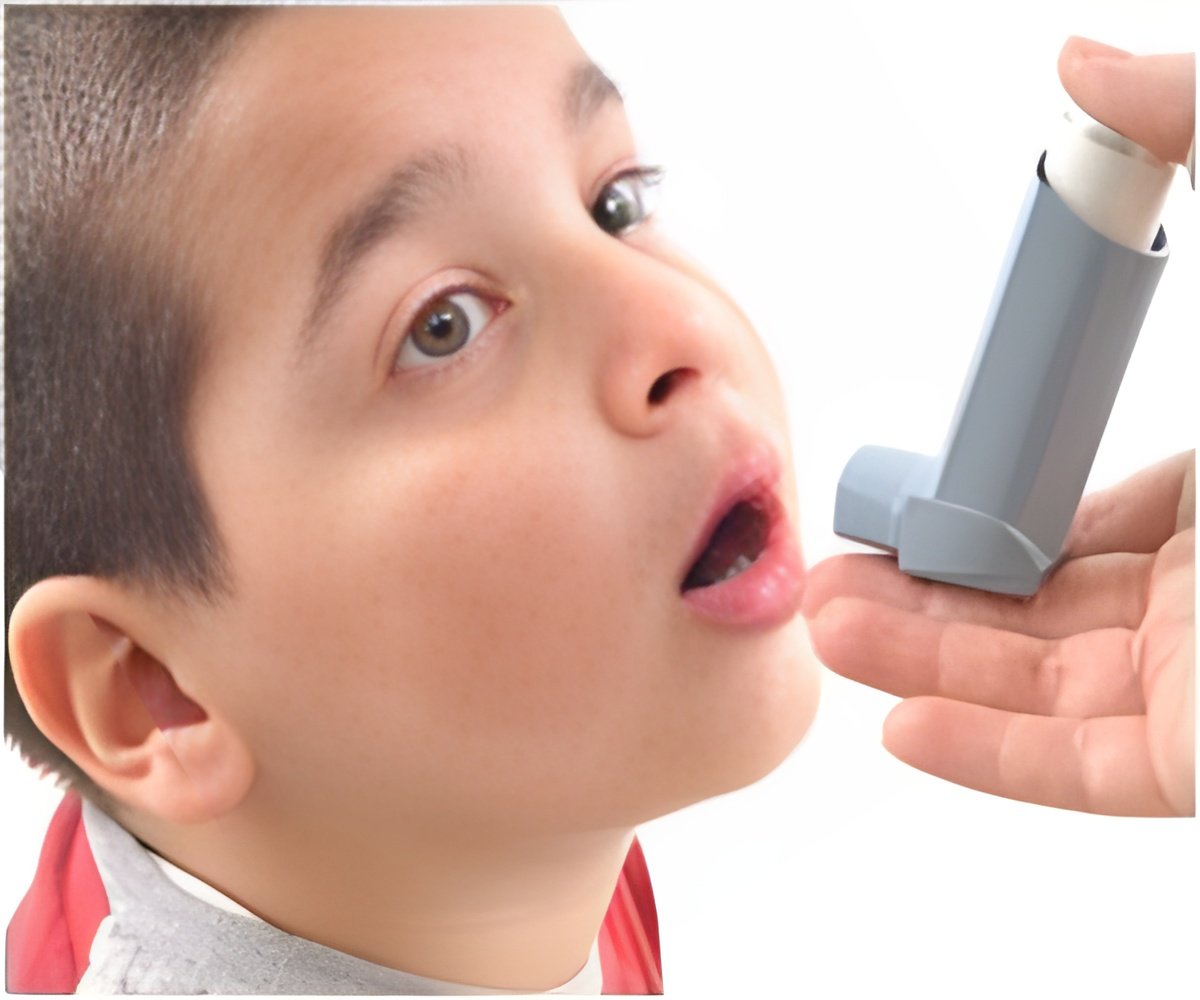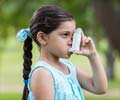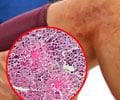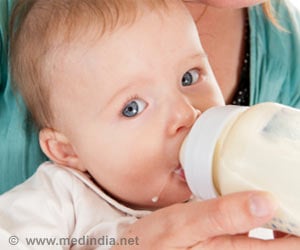Scientists in a recent study have discovered an association between childhood asthma and prenatal exposure to two phthalates used in a diverse array of household products.

"Everyone from parents to policymakers is concerned by the steep rise in the number of children who develop asthma. Our goal is to try and uncover causes of this epidemic so we can better protect young children from this debilitating condition," says first author Robin Whyatt, DrPH, professor of Environmental Health Sciences and co-deputy director of the Columbia Center for Children's Environmental Health at the Mailman School.
"Our study presents evidence that these two phthalates are among a range of known risk factors for asthma," adds Dr. Whyatt. Other risk factors include tobacco smoke, air pollution, obesity, and a history of allergies.
Phthalates are used in everything from synthetic fragrances to plastic food containers, vinyl flooring, insect repellent, shower curtains, even steering wheels and dashboards ("new car smell" contains phthalates). Since 2009, several phthalates—including BBzP and DnBP—have been banned from children's toys and other childcare articles in the United States. However, no steps have been taken to protect the developing fetus by alerting pregnant women to potential exposures. In the U.S., phthalates are rarely listed as ingredients on products in which they are used.
"The fetus is extremely vulnerable during pregnancy. While it is incumbent on mothers to do everything they can to protect their child, they are virtually helpless when it comes to phthalates like BBzP and DnBP that are unavoidable. If we want to protect children, we have to protect pregnant women," says the study's senior author Rachel Miller, MD, professor of Medicine (in Pediatrics) and Environmental Health Sciences; and chief of Pediatric Allergy, Immunology, and Rheumatology at Columbia University Medical Center; and co-deputy director of the Columbia Center for Children's Environmental Health at Columbia's Mailman School of Public Health.
The researchers followed 300 pregnant women and their children enrolled in the Center's longitudinal cohort study in New York City. Levels of exposure to four suspect phthalates were measured through chemical metabolites in urine. Samples were collected from mothers during the third trimester and in children at ages 3, 5, and 7. Chemical analysis was done at the Centers for Disease Control and Prevention. The researchers compared asthma risk in the children between ages 5 and 11 year who were born to mothers with concentrations of the phthalates in the upper third versus the lower third.
Advertisement
All but one of the urinary samples from mothers and children contained metabolites for all four phthalates. Samples had a wide range of concentrations—from not detected to 550 ng/ml for the BBzP metabolites and from 1 to 1,110 ng/mL for DnBP metabolites. It is unclear what behaviors or products contributed to the greater exposures.
Advertisement
For now, it's not known how phthalates increase risk for asthma. Studies of prenatal exposure to BBzP hint that inflammation and oxidative stress may play a role.
Source-Eurekalert














